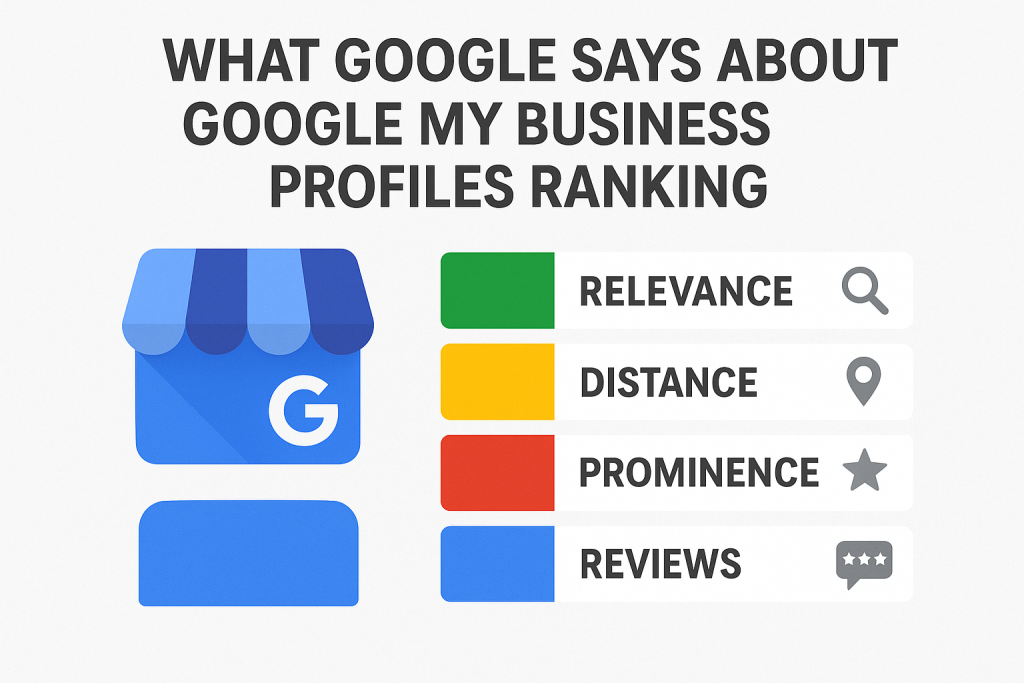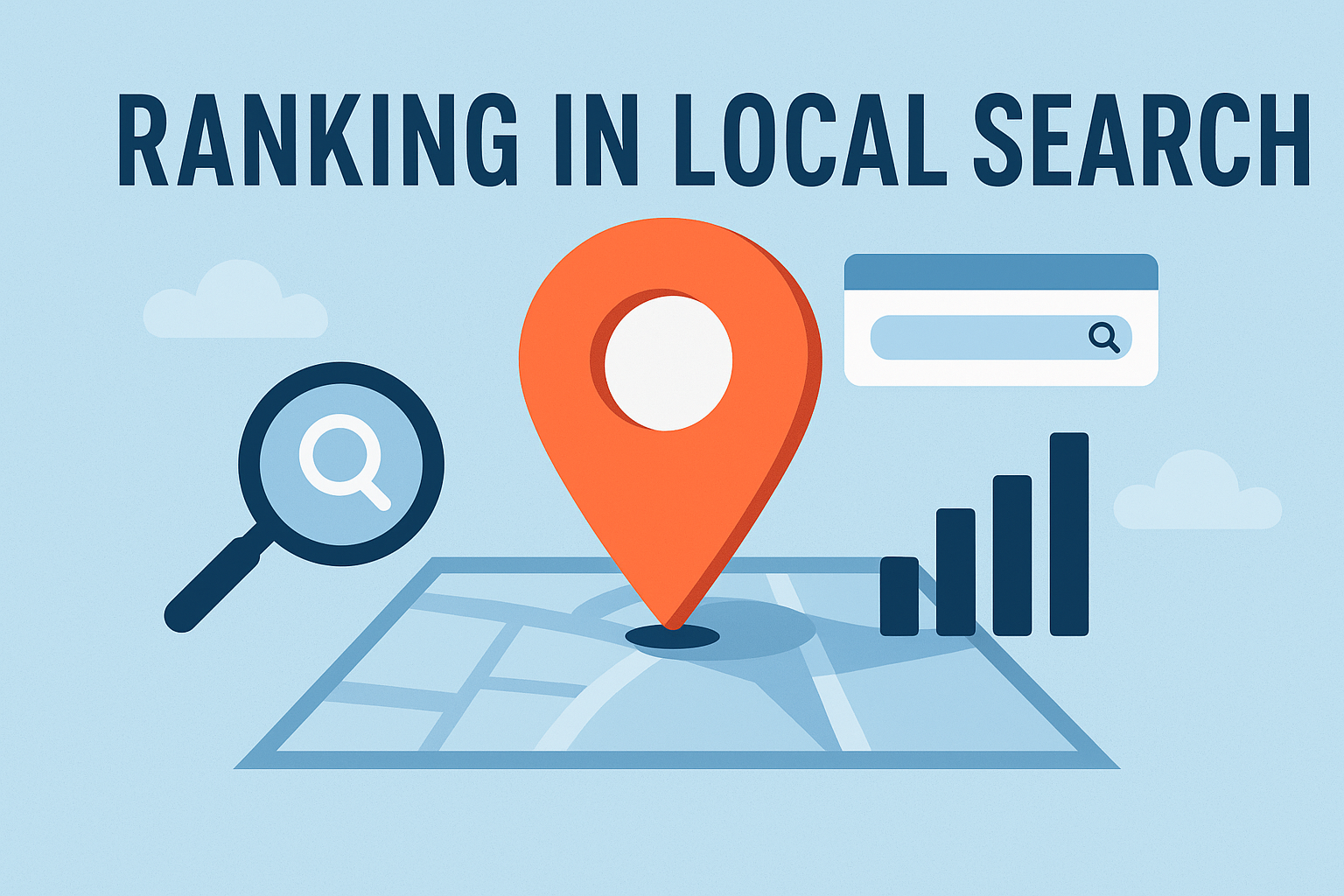Local search is not just a buzzword anymore, it is the backbone of digital visibility for small businesses. If your business is not showing up in the top organic or map pack results, you are losing customers.
We have all heard that Google My Business (GMB) optimization, reviews, and citations matter. But what about the connection between organic rankings and local pack rankings? To answer that, we ran a series of data-driven experiments to see how the two interact.
This case study breaks down our findings, the challenges we faced, and what businesses can do to secure higher rankings in both organic and local search.
About the Study
To keep things fair, we did not just focus on one niche. Instead, we chose different search queries across industries like:
- Dental clinics (healthcare)
- Plumbing services (home services)
- Wedding photographers (events)
- Personal injury lawyers (legal)
- Fitness trainers (lifestyle)
We then ran searches for these queries across different cities in the U.S. and Canada, generating nearly 1,000 unique SERPs.
What Google Says About Google My Business Profiles Ranking
Google makes it clear that ranking in local search isn’t just about being listed — it depends on how well your profile matches a customer’s search intent and how your business is perceived online. Here are the main factors Google highlights:

Relevance – How closely your Business Profile matches what a user is searching for, based on details like category, description, and services.
Distance – How near your business is to the searcher’s location or the area they specify in their query.
Prominence – How well-known your business is, influenced by factors like customer reviews, backlinks, directory listings, and overall reputation.
Completeness of Profile – Profiles with accurate, detailed, and regularly updated information are more likely to rank higher.
Verification – Verified businesses are seen as more authentic and trustworthy, which can improve visibility.
Customer Reviews & Responses – High-quality, consistent reviews—and your engagement with them—boost both prominence and trust.
Photos & Visuals – Businesses that showcase their location, team, and products with photos or videos tend to perform better in local search.
Business Activity – Profiles that stay active with updates, posts, offers, and accurate hours send stronger signals to Google.
Local Citations & Mentions – References to your business across the web (directories, articles, news) can further enhance prominence.
By focusing on these factors, businesses can improve their visibility in Google Search and Maps, making it easier for local customers to find and trust them.
Our primary goal:
To determine if strong organic search rankings correlate with higher positions in the local pack (Maps results).
Along the way, we also collected data on review counts, ratings, and the presence of directory sites (like Yelp and Thumbtack) in organic results.
How We Collected the Data
Our setup was not flashy, but it got the job done. Using a 40-core server, LAMP stack, proxies, and some custom scraping scripts, we pulled the top 100 organic results for each query, plus the top 3 local pack listings and the top 20 “More Places” results.
We tagged each domain, compared positions across organic and local, and logged review counts and ratings. Finally, we averaged the results across industries and locations.
Limitations
Every SEO study has its gaps, and ours was no exception.
We relied on keyword + city searches (like “wedding photographer Austin”) instead of hyper-localized searches on mobile devices.
We did not account for personalization, such as logged-in users or search history.
Our proxies gave us clean city-level data, but not street-level variations.
Even so, the results painted a clear and consistent picture.
Findings
1. Local and Organic Rankings Are Connected
One of the biggest questions we had: Do businesses ranking high in the local pack also tend to rank well in organic results?
The answer: Yes.
Across industries, we found a strong correlation. For example:
GMB Rank Avg. Organic Rank
1 13.2
2 16.8
3 23.5
4 27.1
5 28.9
Case Example – Wedding Photographers
In cities like Toronto and San Diego, the top 3 wedding photographers in the local pack also showed up within the top 15 organic results. By contrast, photographers ranked in positions 8–10 in Maps averaged organic positions in the mid-30s, barely visible to searchers.
Takeaway: If you want to dominate local search, you cannot just optimize your GMB listing. You need strong organic SEO on-page optimization, high-quality backlinks, and consistent content.
2. Local Citation Consitancy Take Up a Huge Chunk of Organic Space
We also wanted to know: how much room do actual businesses have in organic results versus directories and aggregators?
On average:
- 4 out of 10 results on page 1 were directories like Yelp, Thumbtack, or Avvo.
- That leaves only 6 slots for real businesses.
Case Example – Personal Injury Lawyers
For high-value searches like “personal injury lawyer Chicago”, directories dominated nearly 80% of the first page. That left most law firms pushed down to page 2 or beyond.
On the other hand, searches for “fitness trainer Miami” had far fewer directories, only about 20% of results, allowing more room for local businesses to shine.
Takeaway: In industries where directories are strong, your best chance to gain visibility is to dominate the local pack. Organic alone may not cut it.
3. Reviews and Ratings Matter More Than You Think
We also examined review counts and ratings. Unsurprisingly, businesses with the most and best reviews dominated the local pack.
Here is how average reviews broke down across positions:
GMB Rank Avg. Rating Avg. Reviews
1 4.3 142
2 4.2 104
3 4.0 79
4 3.9 65
5 3.8 59
Case Example – Dental Clinics
In New York and Los Angeles, the top-ranked dental clinics had over 200 reviews on average and ratings above 4.5 stars. Meanwhile, clinics with fewer than 50 reviews rarely cracked the top 5, even if their websites were well-optimized.
Takeaway: Never stop asking for reviews. Both quantity and quality matter.
Key Lessons for Local Businesses
So, what can we learn from this experiment?
- Organic SEO fuels local SEO. Strong websites tend to show up in both organic and Maps.
- NAP citation consistancy is important.
- Reviews are gold. Businesses with more (and better) reviews almost always rank higher in Maps.
What is Next?
This was just the start, and there is plenty more we would like to explore in future studies. Expanding the dataset across more cities, incorporating backlink authority metrics from tools like Ahrefs or Moz, and digging deeper into micro-localization to see how street-level searches influence results are all on our radar.
For the time being, however, the verdict is clear: if you are a local business, to rank highly in Maps takes significant investment in organic SEO, creating and sustaining quality reviews, and regular local optimization. The businesses that thrive in local search are not competing with organic and Maps, they are doing both exceptionally well.


